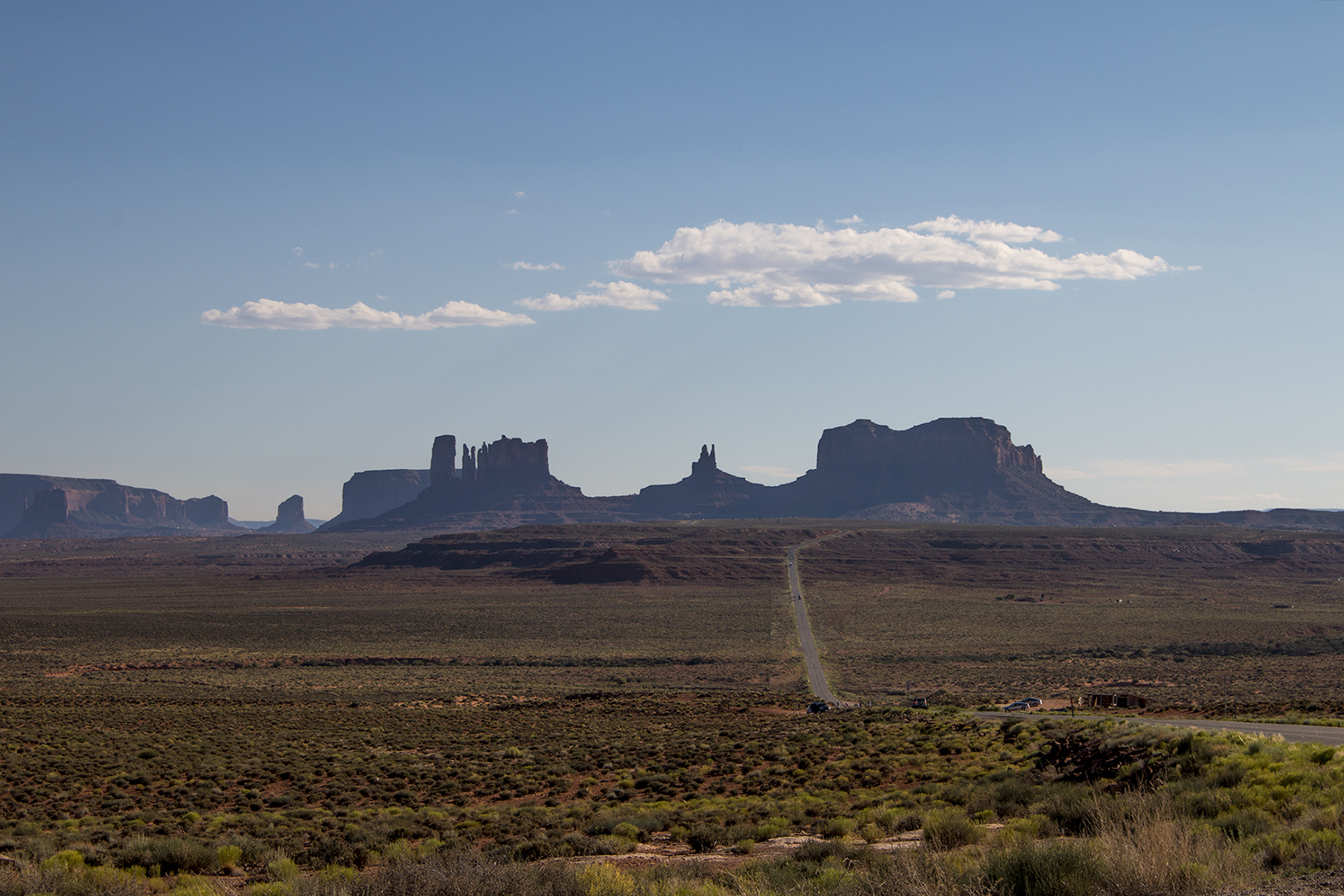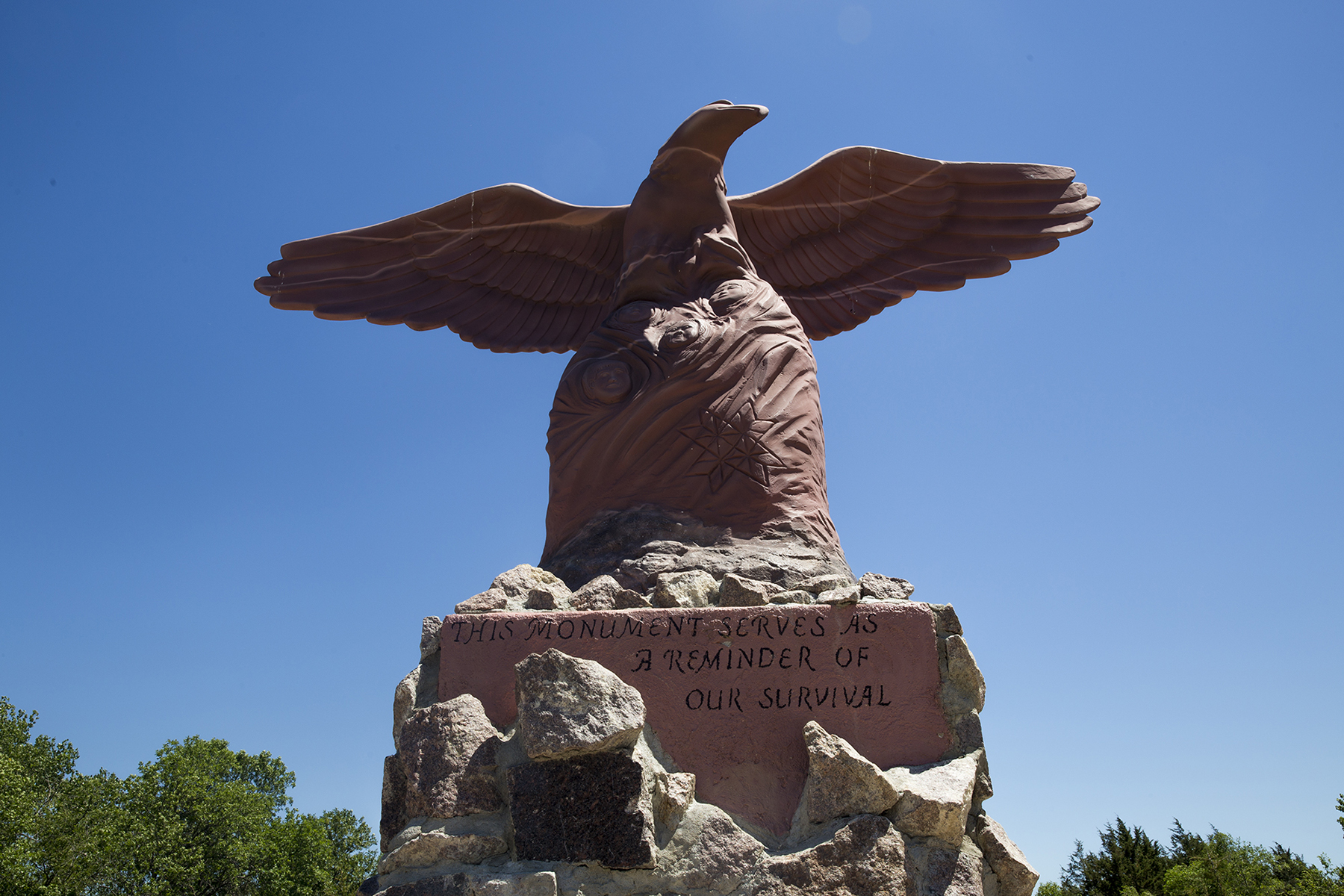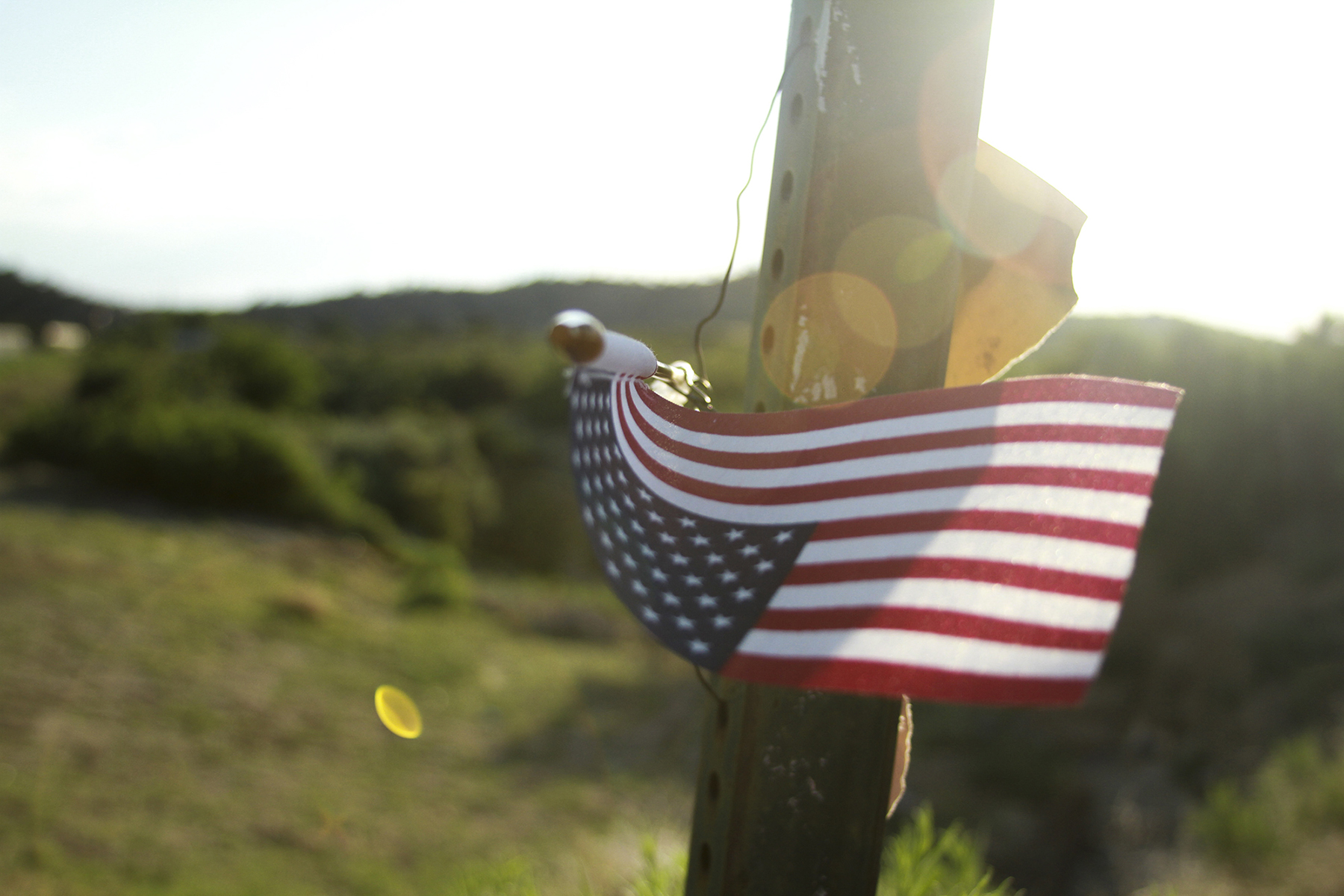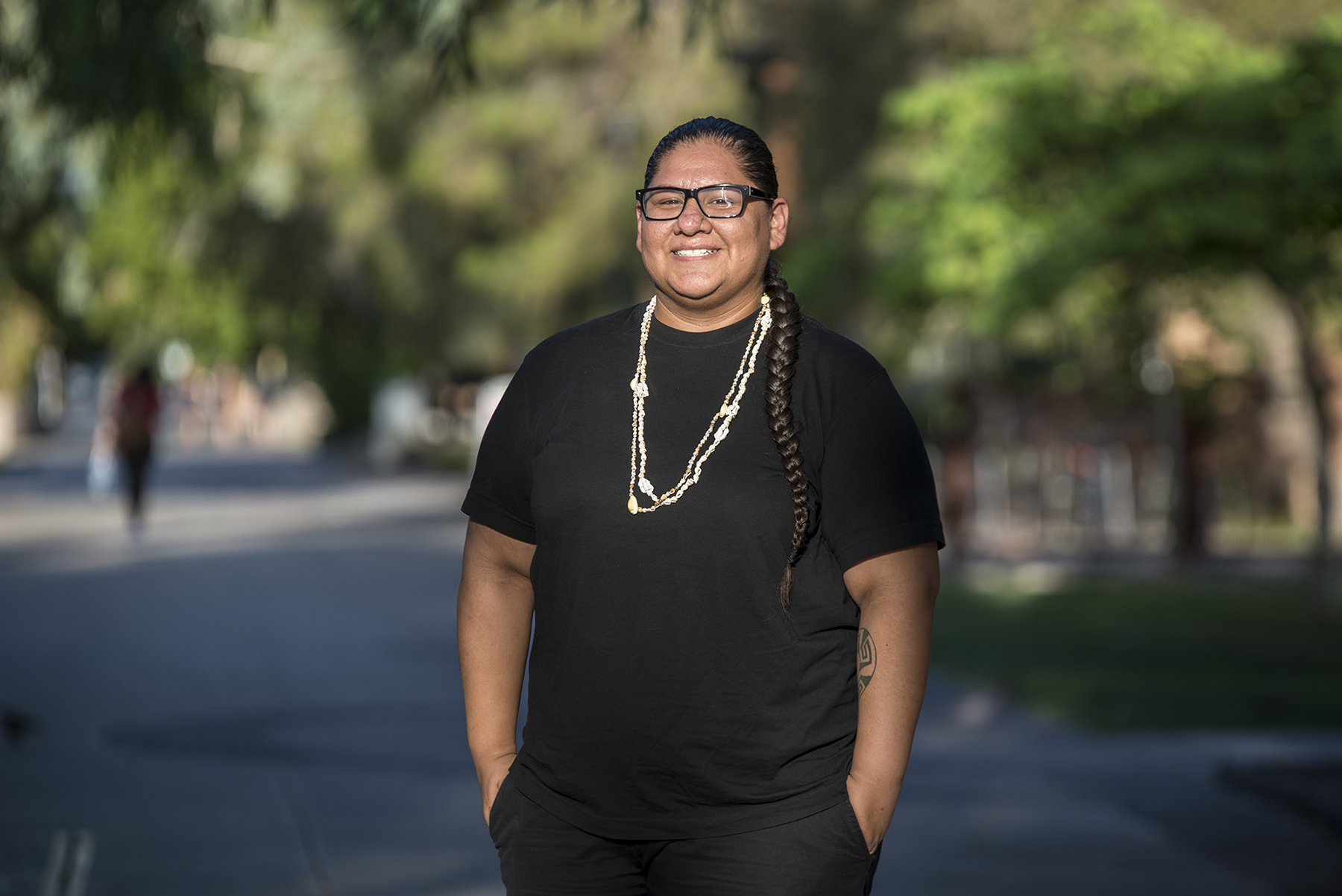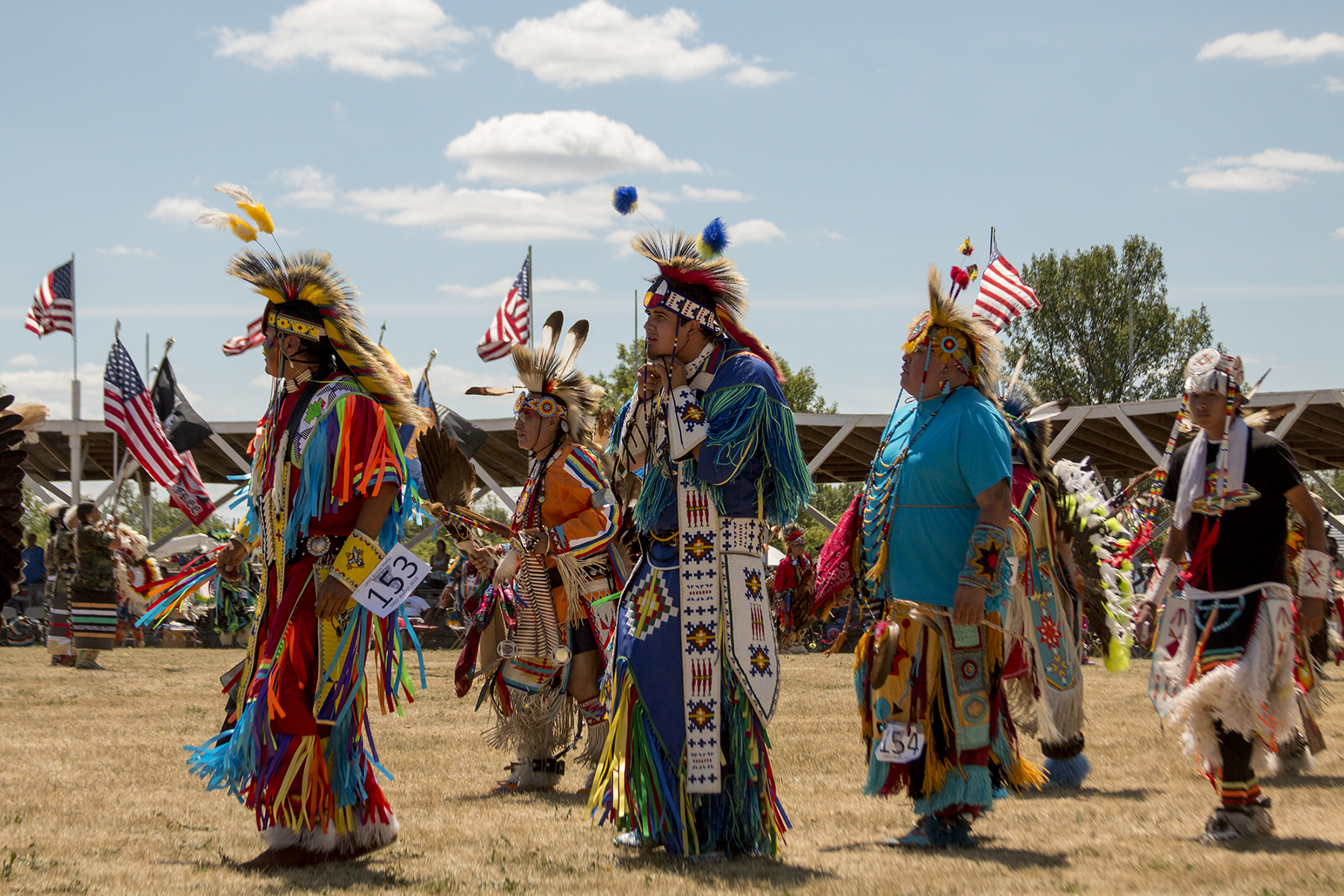SAN JUAN COUNTY, Utah – Terry Whitehat remembers gathering at the community hall in Navajo Mountain each election day, where Navajo Nation members in this remote Utah community would cast their ballots.
Sections
The tribal members would catch up with friends and family and eat food under the cottonwood trees in the parking lot.
So when Whitehat, a social worker who has lived most of his life on the reservation, received a ballot in the mail for the 2014 elections, he said it caught him off guard.
The county began conducting elections by mail in 2014. Members of the Navajo Nation who live in the area could no longer physically vote in the village. If they wanted to vote in person, they would have to drive to the only remaining polling place at the county seat in Monticello, a 400-mile round trip from Navajo Mountain.
Whitehat and a half-dozen other Navajo community members, along with the Navajo Nation Human Rights Commission, sued the county. They claimed the move to a mail-only election disenfranchised Native Americans, especially those who don’t read or speak English and had limited access to mail. They said it also violated the Voting Rights Act and the 14th Amendment.
Across the country, other tribal members have filed similar suits alleging that state laws and county election practices intentionally make it harder to vote on reservations. Local jurisdictions don’t always provide translators or polling locations on reservations, and tougher state voter identification laws have created problems for those who don’t have birth certificates or only have tribal ID.
“Native Americans have been the victim of the political process since the creation of the United States,” said OJ Semans, a retired police officer turned Native American voting rights crusader in South Dakota. “What we need to do is organize in order to protect what our ancestors passed on to us.”
“But it’s hard to do when everything you’re trying to have your people participate in, they put stumbling blocks,” Semans added.
Despite gaining the rights to citizenship and voting in 1924 from the federal government, Native Americans in some states could not vote until 1962. Those who live on reservations have consistently dealt with distances and language barriers when it comes to voting. But experts who have studied Native American voting rights said recent changes to legal requirements and provisions for voting have exacerbated those problems.
After the U.S. Supreme Court rejected a key provision of the Voting Rights Act in 2013, states and jurisdictions with histories of discrimination no longer needed to obtain clearance from the U.S. Department of Justice before making changes to the voting process.
The provision had covered Alaska and Arizona, two states with high Native American populations, as well as two reservations in South Dakota. Since the ruling, attorneys have filed lawsuits over voting changes affecting Native Americans in all three states.
Patty Ferguson-Bohnee, director of the Indian Legal Clinic at Arizona State University’s Sandra Day O'Connor College of Law, has worked on voting rights litigation with Native American nations and advocacy groups for years. She said policymakers simply don’t consider how conditions in some Native American communities pose barriers to voting that wouldn’t cause problems in cities or towns with basic services.
“They don’t understand,” she told News21. “They just think everybody can just walk out to the mailbox, or make a telephone call, but life isn’t like that in a lot of places in Indian country.”
